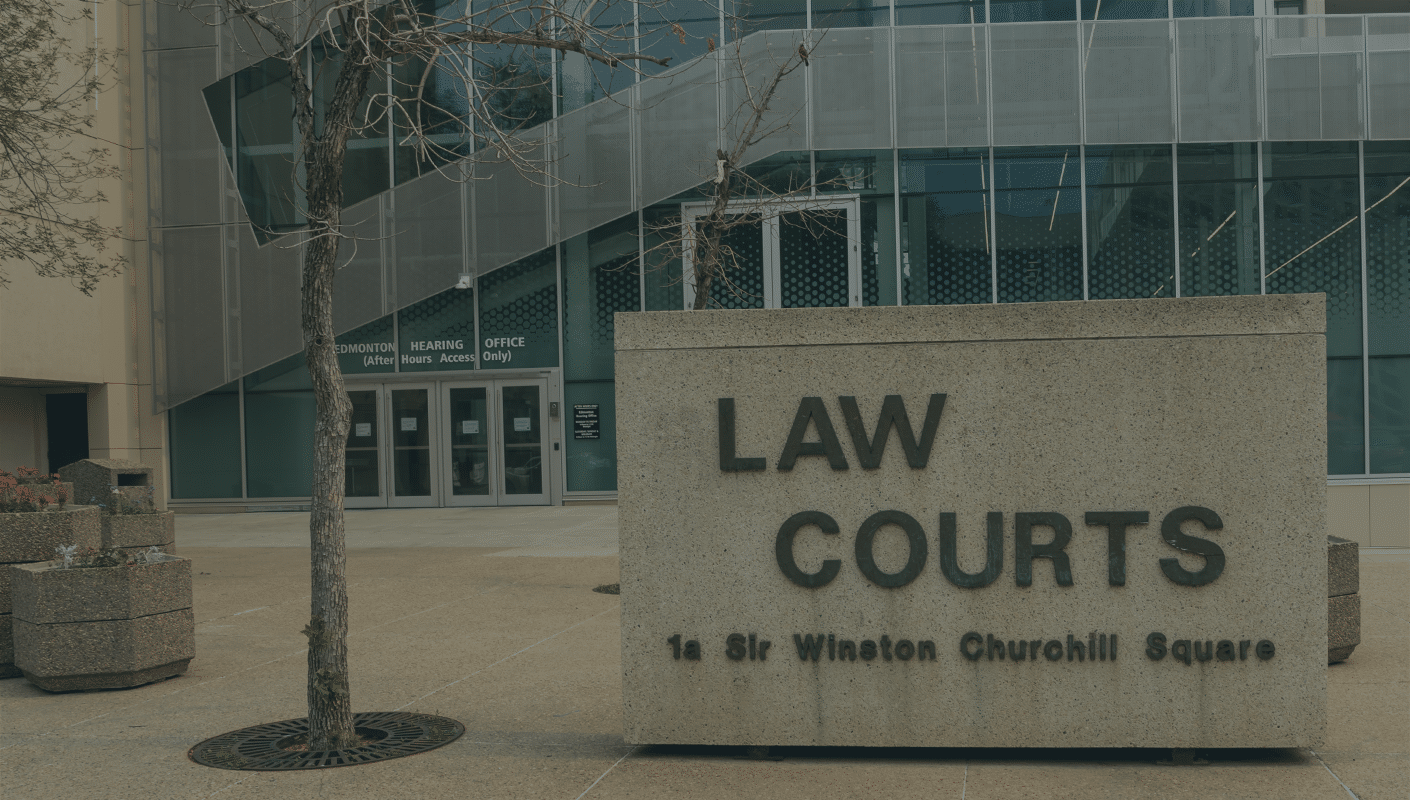Articles
<< back to all ArticlesAffidavit Evidence 101

When picturing legal proceedings, many people envision dramatic courtroom trials with witnesses taking the stand. However, in Alberta, civil trials (unlike criminal trials) are rare. Instead, the bulk of decisions on civil matters occur in a type of court proceeding known as “chambers”.
Chambers vs. Trial: Understanding the Difference
One key difference between chambers and trial is the type of evidence that can be heard and considered by the court. During a trial, witnesses provide live testimony on the stand. In contrast, chambers proceedings rely on written affidavits. For this reason, affidavit evidence forms an essential part of the case for most litigants in civil proceedings.
What are Affidavits?
Affidavits are sworn statements that are typically drafted by lawyers, but the lawyer is not the person giving the evidence. The evidence in an affidavit comes directly from the witness who swears it (the “affiant”). Regardless of the lawyer’s drafting skills, the affidavit’s strength lies in the quality of the evidence it contains.
Three Key Points for Litigants
The following are three key points for litigants to be aware of, when thinking about the evidence needed to successfully advance or defend a claim.
1. Direct Knowledge Matters
- The most valuable evidence stems from facts within the affiant’s direct knowledge. These are statements about things the affiant directly observed.
- While affidavits can include statements based on “information and belief” (such as things the affiant may have heard from others), judges generally give less weight to such statements. Personal knowledge carries more weight.
- When including statements based on “information and belief”, the affidavit should explain how the affiant acquired the information and why they believe it to be true.
2. Precision and Chronology
- Affidavits should outline a precise account of the facts, usually in chronological order.
- Affidavits should avoid speculation or conjecture.
- Clarity and organization enhance the affidavit’s effectiveness in court. Given that memory fades over time, it is extremely helpful if the people with knowledge of the facts make contemporaneous notes about those facts.
3. Support Your Statements with Records
- Statements in an affidavit are most reliable when they are accompanied by records supporting those statements, included as exhibits to the affidavit.
- Typical records used in affidavits include photos, written correspondence, invoices, and contracts, among others.
Putting Principles into Practice
To illustrate the above principles: consider which of the two following statements would be more effective in an affidavit filed in a claim brought by a small construction company, RenoCo, against a client, Mr. Sherman, for unpaid renovation work.
Statement 1: A statement by RenoCo’s director that “Mr. Sherman signed a contract with our estimator that RenoCo would install a kitchen island for $6,000”, with no exhibit included.
Statement 2: A statement by RenoCo’s estimator that “On August 1, 2023, I presented Mr. Sherman with a contract for installation of a kitchen island for the price of $6,000, and watched Mr. Sherman sign the contract”, with a signed copy of the contract included as an exhibit.
In court proceedings, there is no doubt that the second statement would offer far more compelling evidence than the first.
Takeaway
Though drafting an affidavit is usually the job of a lawyer, a litigant who is aware of the above principles will likely be able to provide their lawyer with material allowing for a more compelling affidavit than would otherwise be possible. Given that most civil proceedings rely on affidavit evidence, this can offer a significant advantage and lead to a more favourable outcome in court.
This post is meant to provide information only and is not intended to provide legal advice. Although every effort has been made to provide current and accurate information, changes to the law may cause the information in this post to be outdated.

